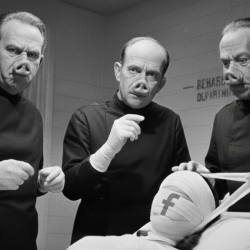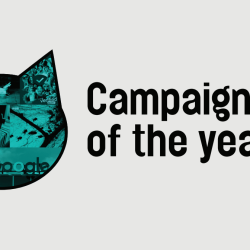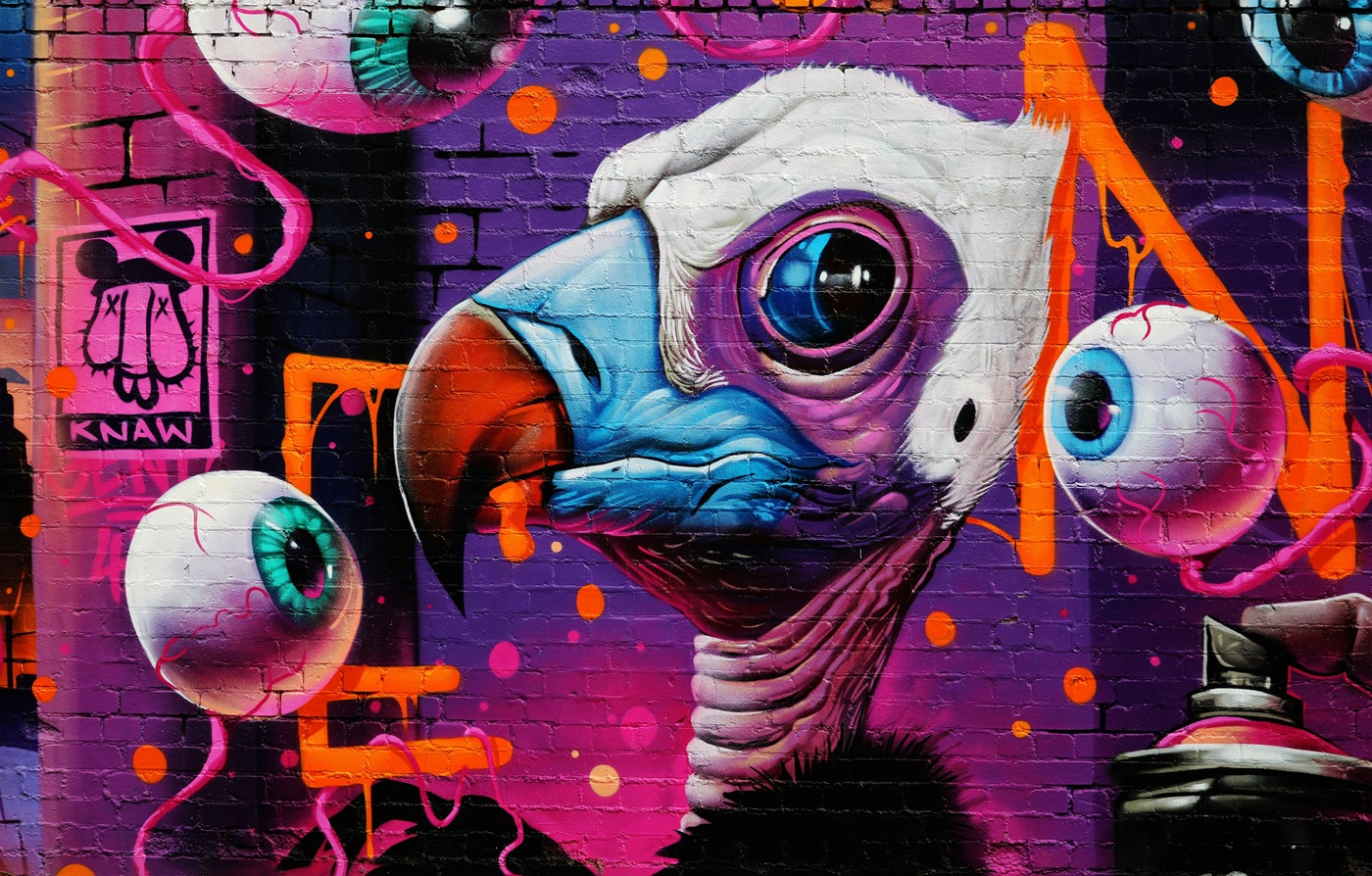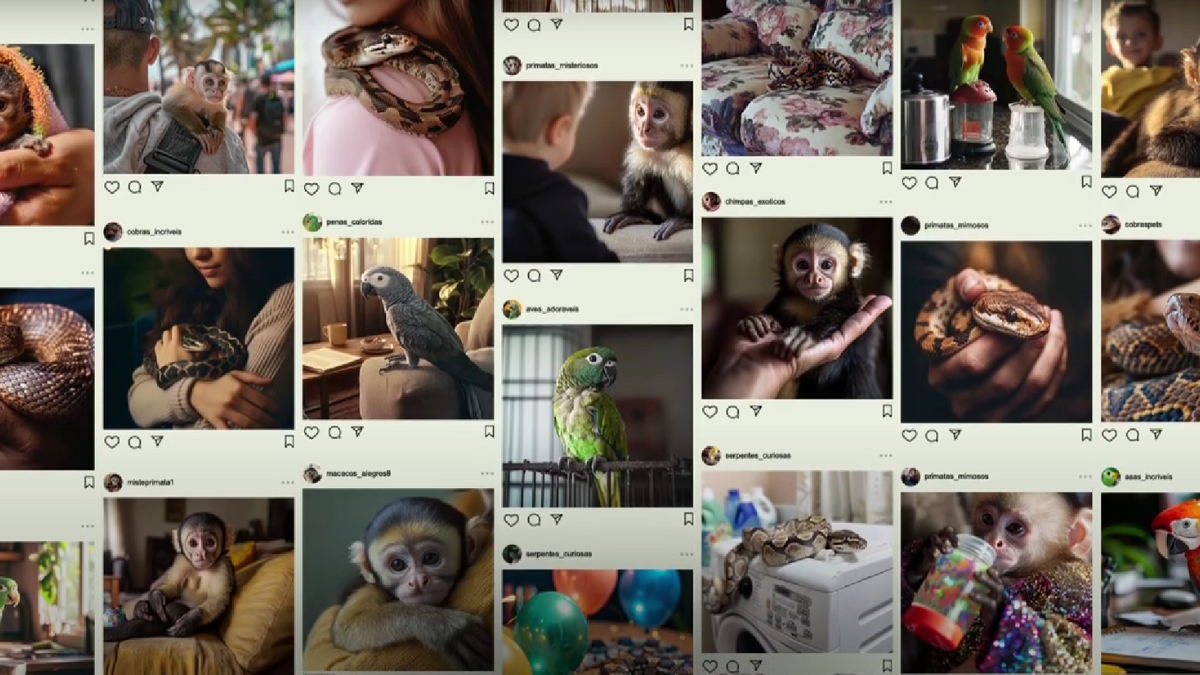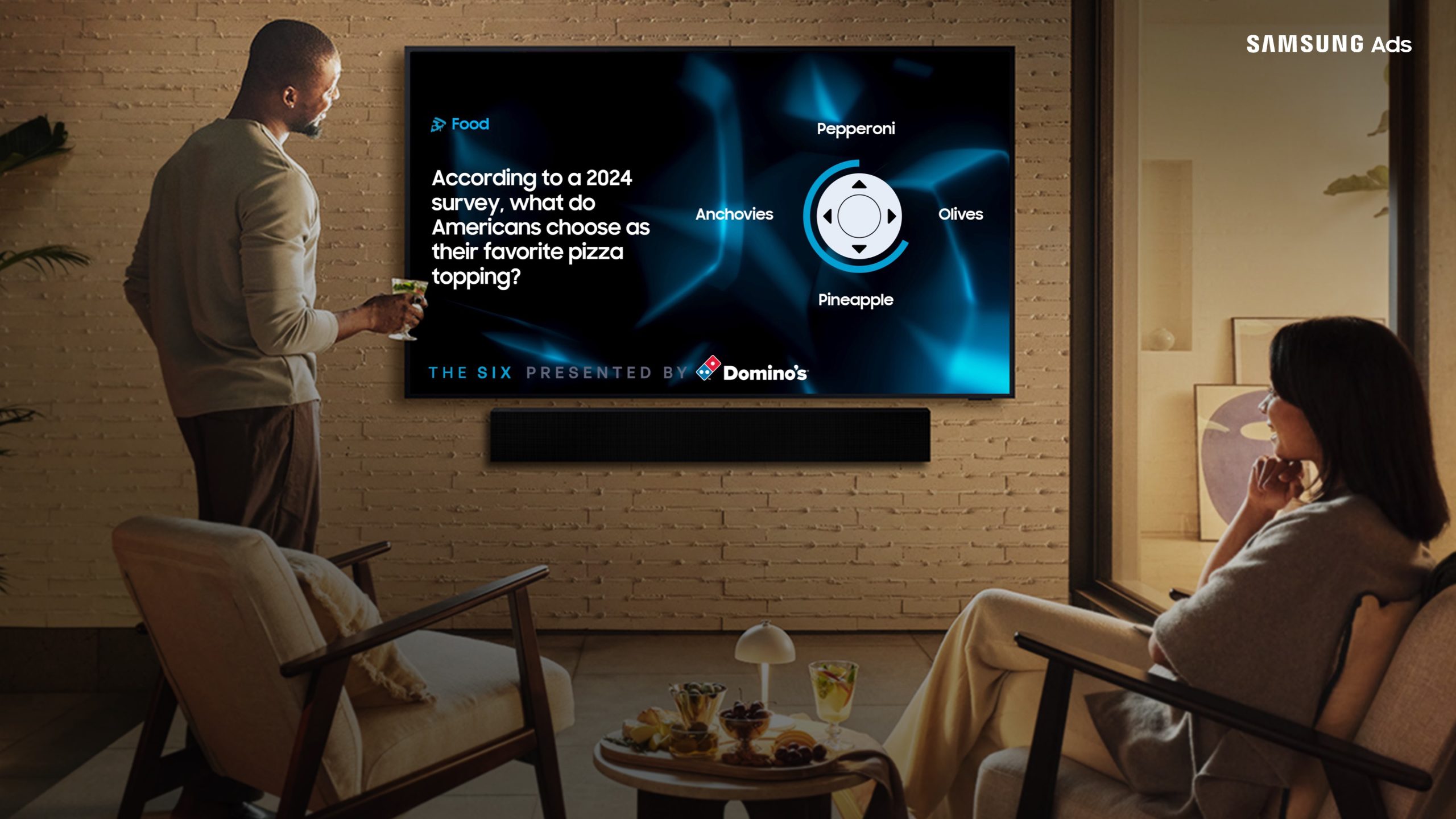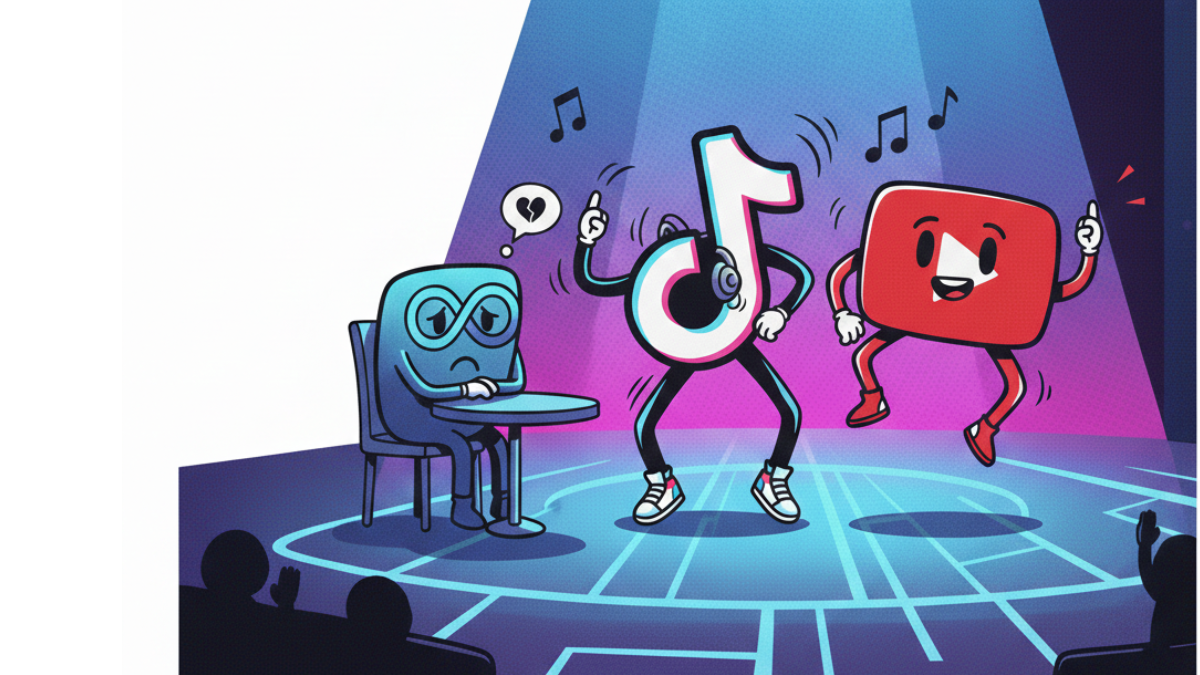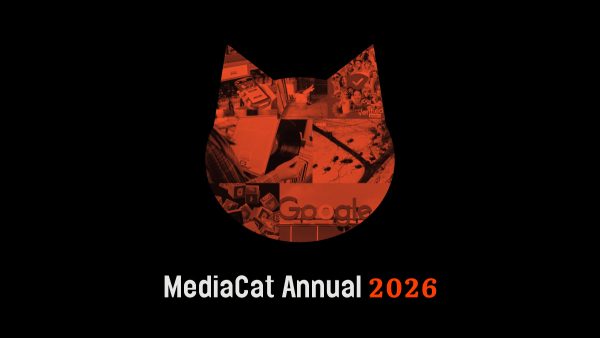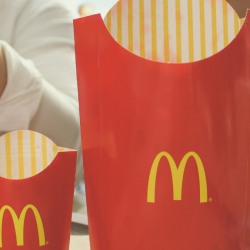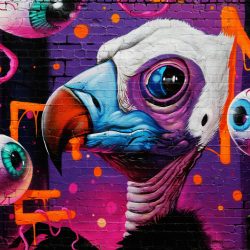UM’s new ‘Full Colour Media’ proposition promises to revolutionise how marketers build brands by leveraging human ingenuity ‘in a world where AI’s normative mechanic threatens not just a race to the bottom, but a race to the mean*.’
Previously, UM sold itself to clients by promising to ‘Futureproof’ them. But the agency’s chief communications and culture officer, Alice Archer, says this was more of a narrative than a thing of substance. ‘Full Colour Media’, in contrast, has been baked into UM’s planning systems, and is changing the way it trains and recruits staff.
The agency’s new proposition is underpinned by a model — based on research conducted by Felipe Thomaz — that synthesises product traits and market dynamics to identify a brand’s ‘pattern’.
Using this pattern, UM can see what balance of ad metrics a brand should pursue in order to grow. To make things a bit simpler, the agency groups the metrics into three buckets: Visibility (metrics like attention and ad awareness), Vibrancy (word of mouth, social media engagement, etc) and Variability (positive impression, quality, etc).
So, UM could tell a financial services client that ‘visibility is an important driver in the payments services and credit cards category, but brand growth is more likely to be driven by variability than the category average’, and then use those observations to build a media plan that is more tailored and complex than the traditional funnel.
I have no insights into whether UM’s brand patterns are any good — although chief product officer Adam Morton says it helped convince Levi’s to give the agency its global media account — but the thinking that led UM to its new proposition seems sound enough.
Brian Wieser, a financial analyst who specialises in media and marketing, last week published a report called ‘The Future of Planning is the Platform’**, which predicts that AI-based ad products will ‘eliminate friction in many of the processes that pre-determine many marketing budgets.’
Brands previously had to pay agencies to smooth this friction, but they will increasingly rely on the platforms to do it, through products like Google’s Performance Max or Meta’s Advantage+.
As a result, media agencies and planners must evolve to provide new value to clients, says Wieser, and one way they can ensure they’re still useful, he adds, is to be ‘on the frontlines of figuring out what the right campaign goals should be.’
Which brings us back to UM’s brand patterns, and why Archer is probably right in her belief that soon more media agencies will announce similar models and propositions to ‘Full Colour Media’, to demonstrate to clients their higher-level understanding of customer journeys. Boston Consulting Group is already at it, introducing its ‘Influence Maps’ as an update to the traditional funnel earlier this month.
Building models may well prove to be the easy bit, though. Upskilling agency staff to use data and AI tools, to provide value that clients can’t get from the platforms, will be trickier. I spoke to the owner of an independent agency last week, who was, frankly, scathing about the training provided by the networks at the moment, to the extent that she found it was easier to hire a grad and teach them herself, than poach a mid-level planner.
But what other choice do agencies have? As best as we can tell, every other path they could take leads to either obsolescence or some sort of price or tech arms race, and that’s no fun for them.
Having given it a fair bit of thought, it’s no good for us, either. The only way MediaCat UK is going to prosper as a publication is if there’s a vibrant and competitive industry of people doing smart and creative things with data, technology and human insights to give brands a competitive edge. So, hop to it… please.
* I’m not convinced this is mathematically coherent, but I get the sentiment
** It was commissioned by Google, but for the most part does not read like sponsored thought leadership content.
Main image: Sergio Mena Ferreira on Unsplash


